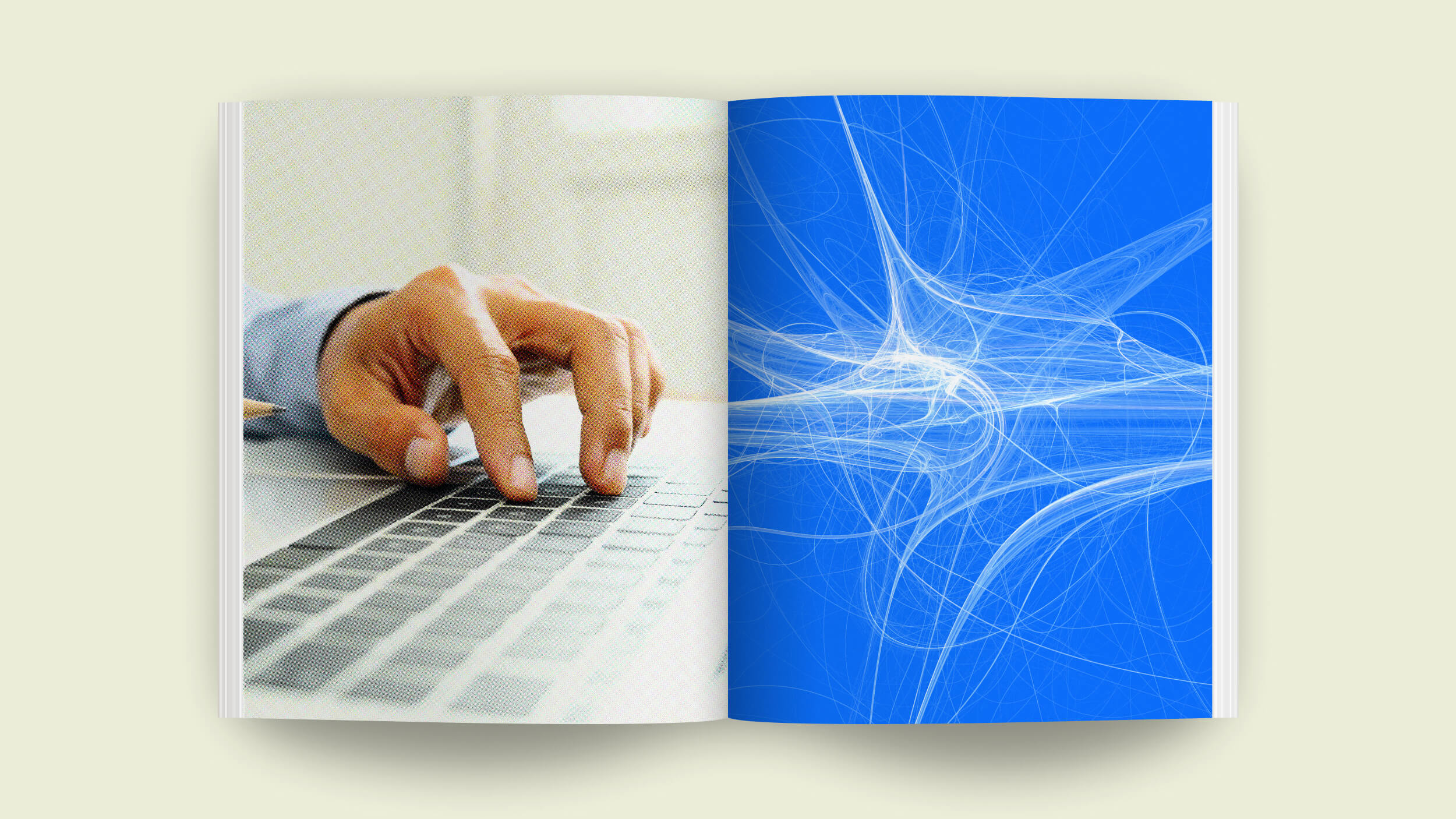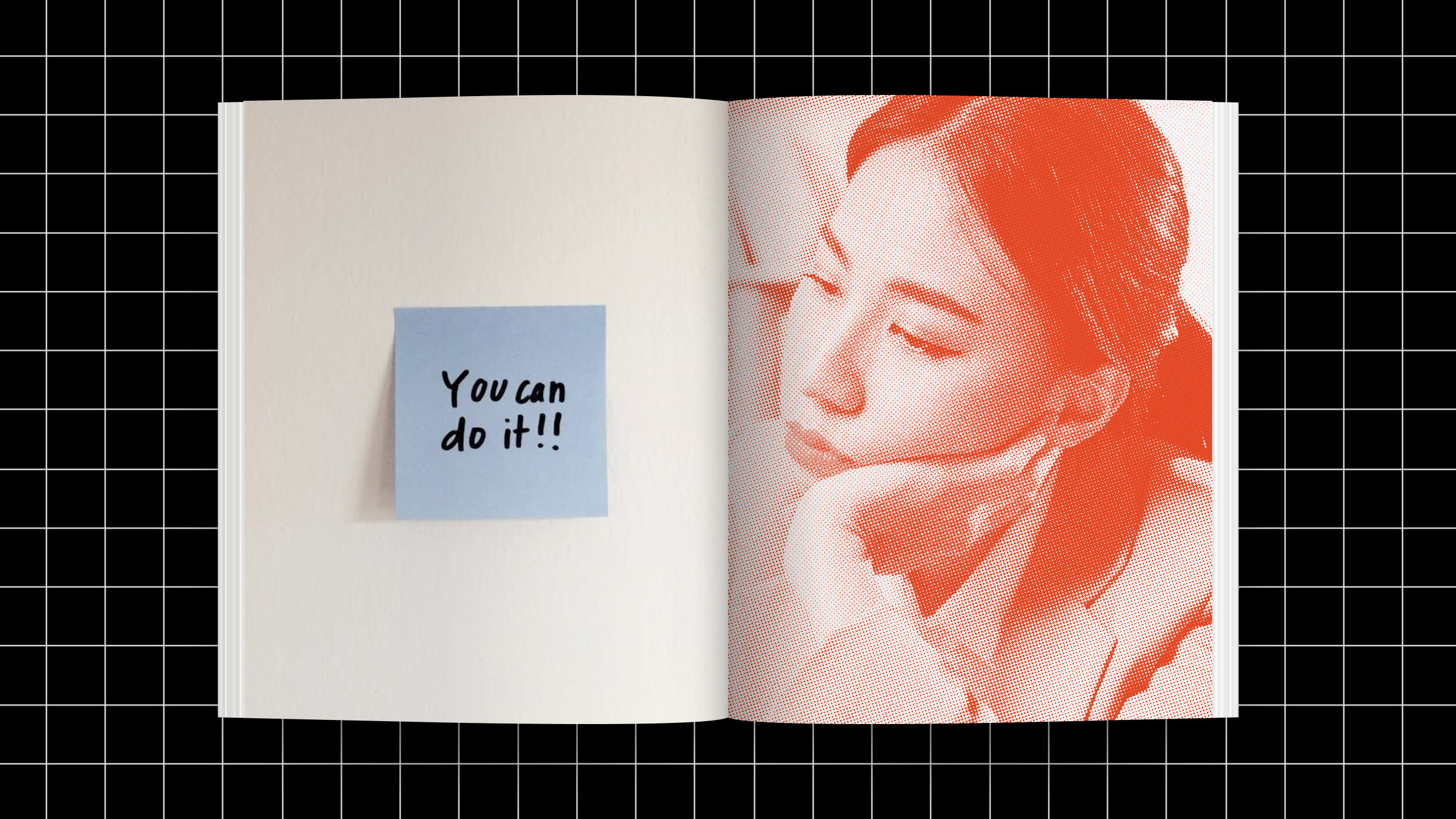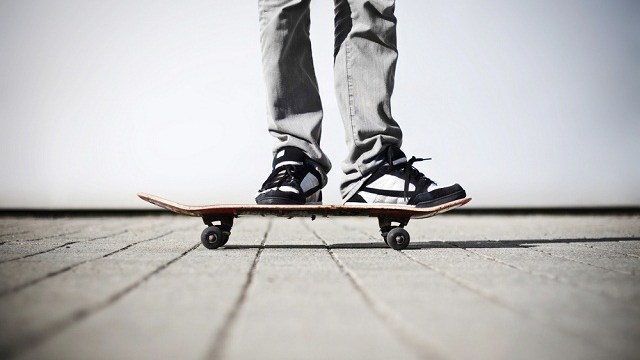The Kanazawa Standard

In his blog post yesterday, Big Think’s own Adam Lee called into question the editorial standard that would have us introduce evolutionary psychologist Satoshi Kanazawa as our newest blogger. Kanazawa was forced into a blogging hiatus amidst controversy around the scientific methods and racial motives of a post he wrote at his former blog on Psychology Today. Adam’s question merits response not only because of his prominence as a featured contributor and member of the Big Think community but because an open, transparent dialogue about the standards of a community aimed at helping its members get smarter, faster is essential to realizing them.
Without a doubt, Satoshi Kanasawa is a willful, and highly effective, intellectual provocateur. In his scholarship, he has boldly overstepped traditional academic disciplinary bounds to posit interconnections and relationships between our evolutionary past and psychological present that address questions very few of his colleagues are even asking, let alone attempting to answer. In daring to ask these questions, Satoshi has made us think more than most.
His passion for endeavoring to think bigger and his deep-seeded contempt for the constraints of orthodoxy have informed a diverse body of scholarship that have turned a scientific light on an array of taboos, sacred assumptions and unquestioned — even unnoticed — realities. Like all heretics, Satoshi has become a lightning rod for criticisms across the spectrum which has only hardened his resolve to defy convention and expectation. In his public writing and blogging, he doesn’t posture or hedge to insulate himself from attack; on the contrary, he opts for the most extreme hypotheticals couched in the most sensitive, real-world contexts — he then stands firm and unflinching against the blowback.
Having tracked his thinking for years, including having him appear for an interview on Big Think, we cannot help but admire Satoshi’s convictions to freedom of thought, even if sometimes we too have cringed at his missteps . At its best, it yields wondrous new perspectives on confounding aspects of modern life, such as the challenge of dating in big cities. At its worst, it yields the intellectual equivalent of shock-jock antics which serve as a call-to-arms for the legions of self-righteous self-promoters eager to decontextualize and oversimplify matters into stark injustices they condemn into oblivion across the cable news airwaves.
Our support for his approach to thinking, and intellectual purview, should not be confused with an endorsement of his conclusions and prescriptions, to the extent that he actually argues on behalf of any specific outcome or conclusion in any given instance. The best and fairest criticisms of his work are truly academic in nature and involve just how far his cross-cutting postulates (one might call them intellectual mash-ups) can extend on the backs of the (current) consensus theories that underpin them and the empirical data he marshals alongside them (often circumstantially).
Satoshi should be expected to justify his scholarly work with respect to standards of scientific rigor and methodology, much as those standards should be continually revisited to ensure they are effectively able to allow science to undertake the fullest possible extent of inquiry. To the extent that the rigor of his scholarly methods has played a role in his controversies, Satoshi has publicly and formally apologized to the satisfaction of LSE, where he bases his research. Satoshi has also catalyzed renewed debate over the merits of his entire field, which has led to various public letters in support of and against evolutionary psychology as a conceptual framework.
Yet, Satoshi’s scientific work, and his disciplinary lens, are really secondary issues in the controversy that has engulfed him, which has emerged from his popular writing and blogging, and focused on allegations that he is hateful, and even socio-pathic, and advancing those views under the banner of science. Blogs are, by design, venues for sharing opinion, speculation and conjecture. Moreover, we believe a fair and honest reading of his public pieces reveal something far different, and less clear cut, than the ravings of a narrow-minded racist that his writings have been portrayed as.
Satoshi did somewhat sloppy back-of-the-envelope analysis in service of a bold assertion in a blog post (and has paid dearly for the misstep), but we believe the firestorm surrounding the issue was more a function of his daring to engage a taboo such as race and beauty than the quality of his scholarship — and LSE came to a similar conclusion.
All academic methodological issues aside, the most explosive allegations leveled against Satoshi in the public square are founded on little more than outright misreadings that confuse his means (very real and raw comparisons / analogies and counter-factuals) for his ends (applying evolutionary psychological insights to the issues of our time). Satoshi’s plight is only complicated by his very British penchant for satire (a past blog post about ending the war on terror with 35 nuclear bombs was reminiscent of Jonathan Swift) and his politics and worldview which don’t abide by many of the premises that operate as natural laws on this side of the pond. When you add up the various charges against him it leaves something thought-provoking on its face — a racist mysogynist socio-path who would vote for Ann Coulter (or a as Satoshi put it himself, an “Ugly, Racist Pseudoscientist with a Small Penis“).
Satoshi’s case is far from clear cut, at least not as it has been characterized by some. We believe strongly that given the weight of evidence, and the balance of his demonstrated strengths as a catalyst and thought-provoker and his weaknesses, and potential liabilities — as a zealous contrarian who sometimes walks the line of outright zealotry — Satoshi will add far more to Big Think than he will detract. That said, we are well aware that we must tread carefully here and be vigilant about minding the thin line between freedom of thought and empowering ignorance, especially when dressed up in academic robes. Toward this end, we plan to maintain an open dialogue with our collaborators and community members to create a space that celebrates Satoshi’s best qualities as a bold thinker without sheltering him from rightful criticism. If we can do that, we will have made another big step forward in realizing Big Think’s mission in practice.





